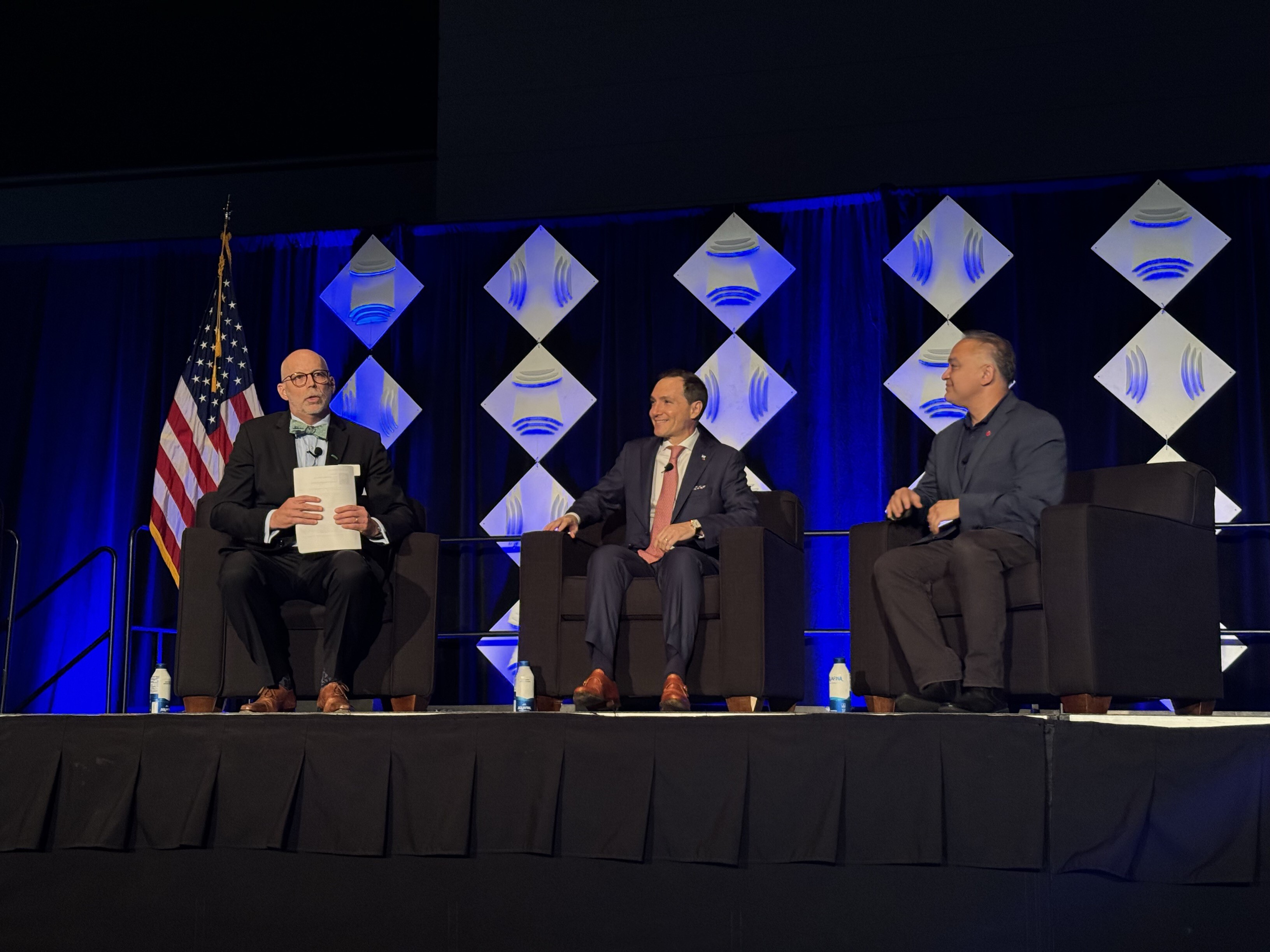Navigating New FDA Regulatory Terrain for Laboratory Developed Tests (LDTs)

Navigating New FDA Regulatory Terrain for Laboratory Developed Tests (LDTs)
The U.S. Food and Drug Administration (FDA), supported by the Office of Information and Regulatory Affairs (OIRA), has reclassified Laboratory Developed Tests (LDTs) as medical devices, marking a significant regulatory shift. This transition introduces a structured, four-year phased implementation plan, integrating LDTs into the existing medical device regulatory framework.
This white paper provides an in-depth exploration of these changes, offering actionable strategies and comprehensive insights to help LDT providers navigate and adapt successfully to these significant changes.
Introduction: Understanding the New Regulatory Dynamics
As LDTs increasingly influence critical clinical decisions, the FDA’s initiative to enhance their regulatory oversight aligns with broader efforts to ensure patient safety and test efficacy. The transition aims to standardize the quality and safety of LDTs with other medical devices, ensuring they meet rigorous standards. This document aims to help laboratories understand and adapt to these changes by providing a thorough exploration of the upcoming requirements, detailed guidance on compliance, and strategic planning for successful adaptation.
The FDA’s new rule that states its intention to modify regulations in order to clarify that In Vitro Diagnostic (IVD) devices, including those manufactured by laboratories, fall under the jurisdiction of the Food, Drug, and Cosmetic Act (FDCA). This revision includes an amendment to the regulation found in 21 C.F.R. 809.3(a).
Detailed Regulatory Framework and Implementation Strategy
The FDA has outlined a structured, date-specific regulatory pathway for LDT integration into the medical device regulatory landscape, each phase with specific compliance deadlines and requirements:
Stage 1 (Effective May 6, 2025):
Focuses on establishing foundational compliance with Medical Device Reporting (MDR), correction and removal reporting, and managing complaint files. These requirements are designed to enhance patient safety by ensuring prompt and effective handling of any issues that arise.
Actionable Steps for Stage 1:
- Implement robust electronic systems for efficient MDR submission.
- Develop comprehensive processes and SOPs for documenting complaints and execution of product corrections and removals, ensuring traceability and accountability.
- Conduct extensive training sessions to familiarize staff with new regulatory protocols.
Stage 2 (Effective May 6, 2026):
Expands regulatory requirements to include registration and listing of LDTs, enhanced labeling, and investigational use standards. This phase aims to increase transparency and ensure LDTs are used safely and effectively.
Actionable Steps for Stage 2:
- Review and update all LDT registrations and listings to ensure compliance with FDA requirements.
- Redesign labeling to comply with enhanced FDA standards, focusing on clarity and user safety.
- Formalize investigational use protocols to align with regulatory expectations, ensuring all investigational activities are fully documented.
Stage 3 (Effective May 6, 2027):
Mandates full compliance with Quality System Regulations (QSR), emphasizing enhanced quality management across all operations.
Actionable Steps for Stage 3:
- Audit current quality systems to identify areas for improvement, integrating FDA QSR standards.
- Implement risk management frameworks within the LDT development process to enhance product safety and effectiveness.
- Expand QSR training programs to include all personnel involved in LDT development and production, ensuring widespread understanding and implementation of quality standards.
Stage 4 (Effective November 6, 2027) and STAGE 5 (Effective May 6, 2028):
Introduce and expand premarket review requirements based on risk assessment, ensuring a thorough evaluation of LDTs before market entry.
Actionable Steps for Stages 4 and 5:
- Prepare comprehensive premarket submission packets, detailing clinical validation and risk assessment studies.
- Engage with the FDA through structured pre-submission consultations to ensure alignment on submission expectations.
- Develop robust post-market surveillance strategies to monitor LDT performance and maintain compliance with regulatory standards.
Global Impact and International Compliance
The regulatory changes in the U.S. have implications for LDT providers operating internationally. A direct analysis and guidance include:
- Harmonization with European Regulations: Align compliance efforts with the EU’s IVDR, focusing on meeting stringent requirements for clinical evidence and performance evaluation.
- Adaptation to Regulations in Asia: Establish local compliance teams to navigate regulatory landscapes in markets like China and Japan, where registration and clinical trial requirements are critical.
- Impact on Operations in Canada: Adapt product documentation and labeling to meet Canadian requirements, focusing on quality management and transparency.
Technological Innovations and Their Regulatory Implications
Technological advances such as AI and blockchain are reshaping the LDT sector, impacting development, use, and regulatory compliance:
- AI in Diagnostic Accuracy: Integrate AI systems that enhance diagnostic accuracy while complying with emerging FDA guidelines on algorithm transparency and validation.
- Blockchain for Data Integrity: Implement blockchain to enhance traceability and data security, streamlining compliance with global data protection regulations.
Comprehensive Impact Analysis: Operational, Financial, and Clinical Implications
This section offers an in-depth analysis of the operational adjustments, financial planning, and clinical impacts of the FDA’s new regulations, providing strategic recommendations for effectively managing these impacts:
- Operational Adjustments: Advanced planning for system enhancements and procedural updates to meet new standards.
- Financial Planning: Detailed budgeting for anticipated costs related to compliance, including technology investments and training.
- Clinical Impact: Evaluation of how enhanced regulatory measures are expected to improve the reliability and safety of LDTs, potentially expanding their clinical acceptance and use.
Strategies for Effective Adaptation
Elaborate strategies for maintaining proactive engagement with regulatory updates, investing in advanced technologies, and developing comprehensive compliance plans to ensure readiness for each phase:
- Continuous Regulatory Engagement: Emphasize the importance of ongoing dialogue with the FDA.
- Investment in Advanced Technologies and Training: Prioritize investments that enhance compliance capabilities and operational efficiency.
- Proactive Compliance Strategy: Develop robust compliance frameworks and prepare for audits and inspections.
Conclusion
The FDA’s new regulations represent a transformative shift for the LDT industry, introducing greater oversight and requiring a strategic, well-organized response. By thoroughly preparing for each phase of the regulatory changes, LDT providers can not only ensure compliance but also enhance their operational efficiency and clinical effectiveness. This white paper serves as a crucial resource, equipping providers with the knowledge and strategies needed to navigate this complex regulatory landscape effectively.
How NSF Can Help You
NSF’s world-class industry experts and ex-regulators provide comprehensive services and solutions to effectively navigate the complex global regulatory landscape. Offering Consulting, Training, Auditing and Technical support across the total product lifecycle.
What’s New with NSF

NSF Shanghai Named Critical Site for NSF/ANSI 455 and NSF/ANSI 173 by ANSI National Accreditation Board
July 26, 2024
NSF Takes Center Stage at NEHA Annual Education Conference
July 25, 2024
NSF Asia Pacific Showcases Hospitality Solutions at THAIFEX HOREC Asia 2024 in Bangkok, Thailand
July 4, 2024